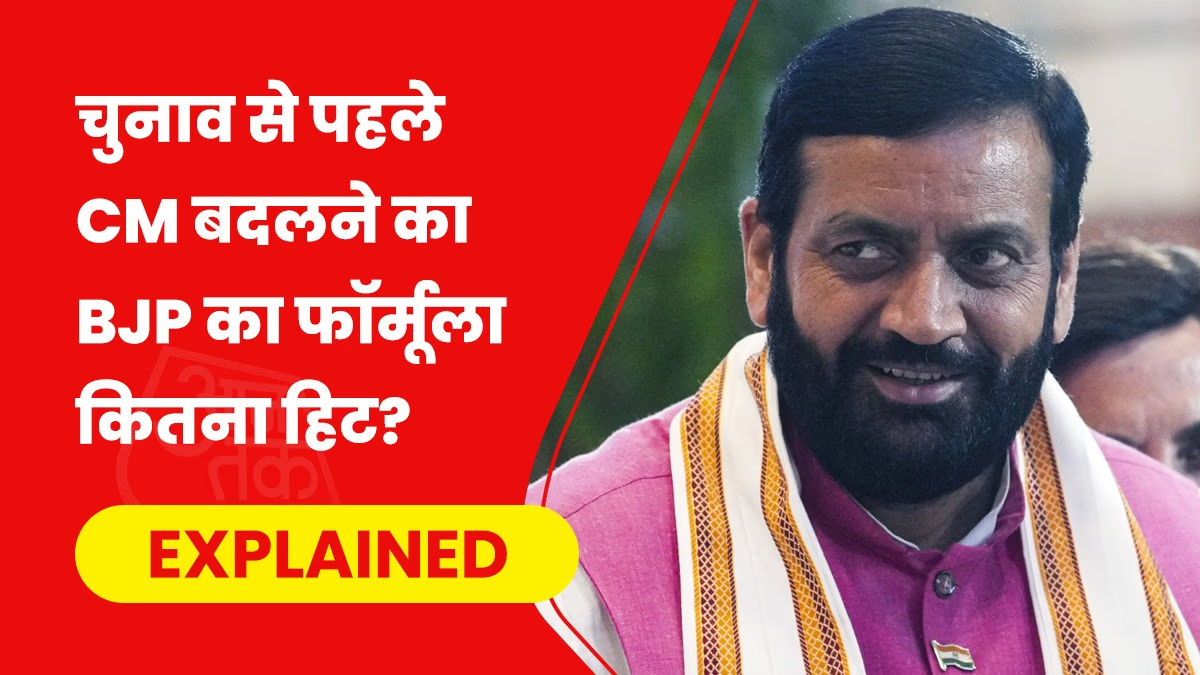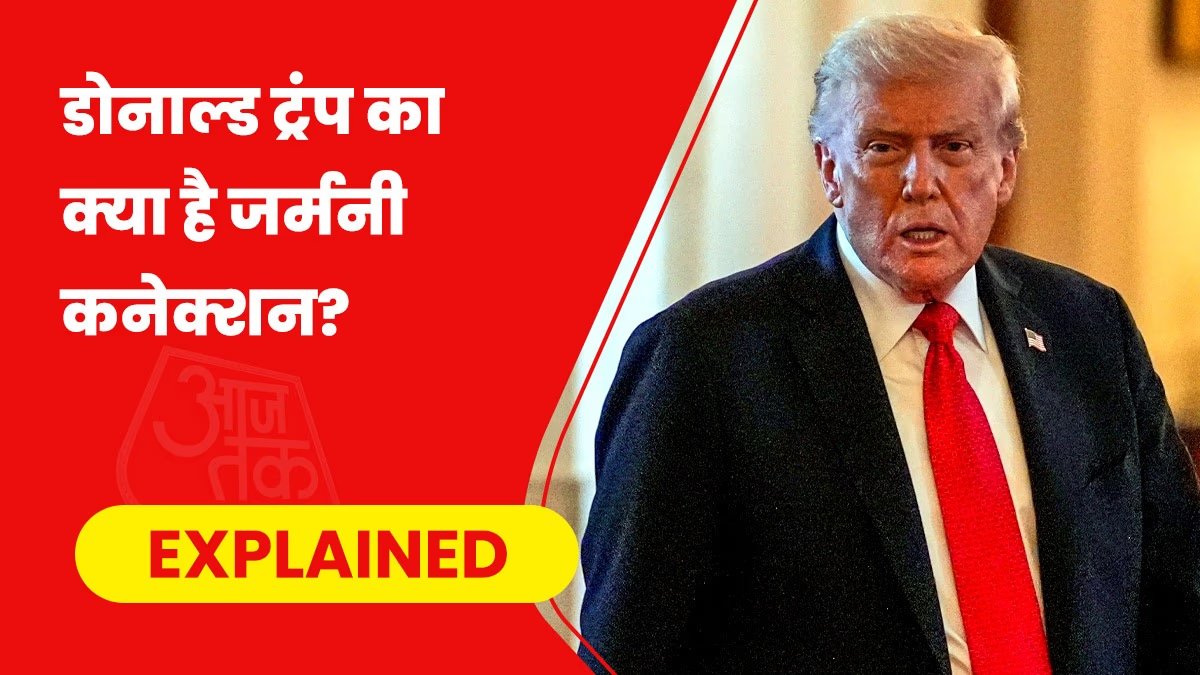The BJP has scored a hat trick in Haryana, marking a historic achievement as no party has ever won elections here for three consecutive terms. Beyond this milestone, the performance by BJP this time is its best yet in Haryana's political landscape. With an even more triumphant victory compared to 2014 and 2019, BJP has claimed victory over 48 seats.
One factor attributed to BJP's winning streak in Haryana is the 'formula of changing the Chief Minister.' Earlier this March, BJP replaced Manohar Lal Khattar with Nayab Singh Saini as the Chief Minister.
While Khattar hailed from the Punjabi community, Nayab Saini is from the OBC community. This strategic change has proved advantageous for BJP, as exit polls were predicting BJP's exit and a potential return of Congress in Haryana.
The political dynamics in Haryana heavily revolve around the Jaat community. Due to the farmers' protests and the athletes' movements, Jaat voters were presumed to be dissatisfied with BJP. It was anticipated that Bhupinder Singh Hooda could secure more Jaat votes for Congress. In this context, BJP aimed to capitalize on the OBC factor.
Estimates show Haryana's demography as comprising 40% OBC, 25% Jaat, 20% Dalits, 5% Sikhs, and 7% Muslims. BJP faced repercussions of Jaat displeasure during the recent Lok Sabha elections, as Congress won 5 out of 10 seats here. In comparison, BJP's triumph was evident in Karnal, Faridabad, Gurgaon, Bhiwani-Mahendragarh, and Kurukshetra, where OBC and upper-caste influences were predominant.
When BJP replaced Manohar Lal Khattar with Nayab Singh Saini in March, it was seen as an electoral maneuver. Many states witnessed the BJP changing their chief ministers before elections—this time, the party chose to rally behind Saini. It is believed this move helped BJP tackle anti-incumbency sentiment and consolidate OBC votes.
Since 2021, BJP has altered chief ministerial posts in various states ahead of elections to mitigate anti-incumbency. Haryana became the fifth state where BJP altered the chief minister's face, evidently yielding electoral benefits.
Except for Karnataka, the strategy of changing chief ministers before elections has worked well for BJP in all other states.
Where Has BJP's Formula Succeeded?
- Gujarat:
In Gujarat, BJP switched its chief minister twice before assembly elections and reaped benefits both times. In 2017, Anandi Ben Patel was replaced by Vijay Rupani as CM, and BJP won 99 of 182 seats. Subsequently, before the 2022 elections, in September 2021, Vijay Rupani was replaced by Bhupendra Singh Patel. When elections occurred in 2022, BJP secured 156 seats.
- Uttarakhand:
About a year before the 2022 assembly elections, BJP removed Trivendra Singh Rawat, replaced by Tirath Singh Rawat, who was then replaced by Pushkar Singh Dhami after four months. In 2022, BJP won 47 out of 70 assembly seats.
- Tripura:
Ahead of the March 2023 assembly elections, Biplab Kumar Deb was replaced by Manik Saha as chief minister. In 2023, BJP retained power, winning 32 out of 60 seats.
- Karnataka:
The strategy failed in Karnataka despite internal opposition. In July 2021, B.S. Yediyurappa was replaced by Basavaraj Bommai, yet BJP lost the 2023 elections, securing just 66 out of 224 seats, while Congress achieved 135 seats.
Record Set in Haryana
In Haryana's electoral history, no political party has ever returned to power consecutively for the third time. Now, BJP stands on the cusp of creating such a record by forming the government for the third time in a row.




